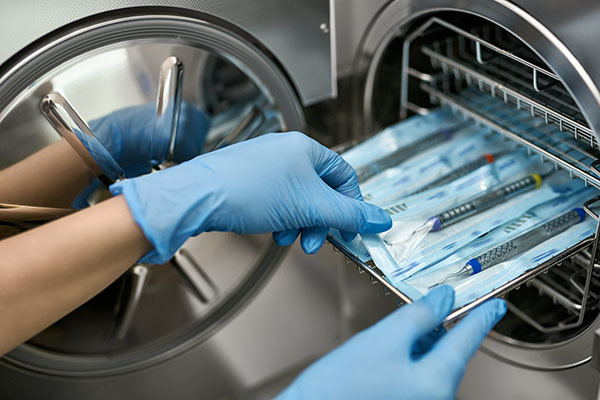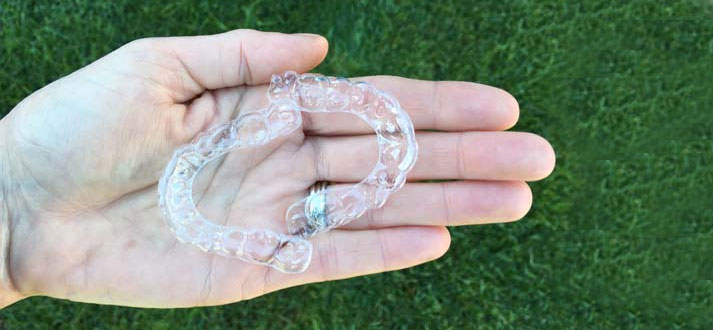What can invisible Invisalign fix: Well, the almost invisible, transparent Invisalign aligner system is an alternative to traditional braces that uses clear, removable aligners to straighten teeth. These aligners are custom-made and replaced every few weeks with a new set to slowly move your teeth into their new position.
They can fix a lot of your problems.
What conditions can these aligners treat?
Your dentist will carry out an orthodontic assessment to determine the type of alignment issue you have and whether Invisalign treatment could be effective.
Invisalign is generally an option for:
- Overbite
- Underbite
- Crossbite
- Open bite
- Crowded teeth
- Crooked teeth
- Gaps in teeth
- Overbite
Overbite or deep bite is when the top teeth cover more of the lower teeth than normal.
Overbites are often an issue with jaw development or they may be caused by thumb sucking in childhood or missing lower teeth.
An untreated overbite can sometimes damage teeth and gums or lead to problems with eating, speech, or jaw movements.
Invisalign aligners can usually correct overbites in 12 to 24 months!
What can invisible Invisalign fix:
Underbite:
Underbite happens when the lower jaw comes out forward more than normal. Basically, the teeth protrude out!
Underbites may be hereditary or can happen over time as a result of eating habits, tongue thrusting, or mouth breathing.
Complications can include a higher risk of tooth damage and wear, misaligned teeth, bad breath, and problems with chewing, swallowing, or speaking.
Invisalign can be effective at treating underbites.
Crossbite:
Crossbite can be a combination of overbite and underbite, with some teeth sitting in front of the opposing teeth and others behind. Crossbites can affect any teeth and may lead to teeth growing in different directions.
Crossbites may be genetic or caused by premature growth of adult teeth, thumb sucking, or mouth breathing. Having a crossbite can increase your risk of oral health problems, tooth damage, and injuries to the mouth and jaws.
Open bite:
An open bite is when the front upper and/or lower teeth slant outwards and don’t touch when the jaws are closed.
This may be caused by abnormal jaw development, thumb sucking, or tongue thrusting.
Open bites in primary teeth may resolve on their own if a child changes their habits or undergoes behavior modification before getting their permanent teeth.
Open bites in teenagers and adults can usually be corrected with Invisalign or braces.
Crowded teeth:
Teeth crowding is when teeth are forced closer together than normal.
Crowding may happen during the eruption of teeth if you have a small jaw, cleft lip or palate, or too many teeth.
Crowded teeth can often be treated using Invisalign, depending on the cause and severity of the crowding.
Crooked teeth:
Teeth can go crooked for various reasons, whether it’s early loss of a baby tooth, bone loss in the jaw due to natural aging, advanced gum disease or pushed out of alignment by crowding, adjacent teeth shifting after a tooth extraction or other causes.
Crooked teeth may be harder to keep clean, increasing your risk of infection!
Invisalign may be an option for straightening a single crooked tooth or multiple teeth, though more severe misalignment may need braces.
Gaps in teeth:
Gaps between baby teeth are normal, but these usually close together as the teeth and jaws grow. Gaps may persist if the jaw size and teeth size don’t match or if the tissue between the front teeth (labial frenum) is oversized, among other reasons.
Gaps between teeth are common and are usually only an aesthetic concern, but widely spaced teeth may affect the growth and alignment of other teeth or may collect plaque deposits, increasing oral health risks and bad breath.
Invisalign can usually close gaps between upper teeth and is sometimes effective for gaps between lower teeth.
Any or all of these problems can be treated at Partha Dental successfully!
Visit today at any of our 130 + clinics across South India!




